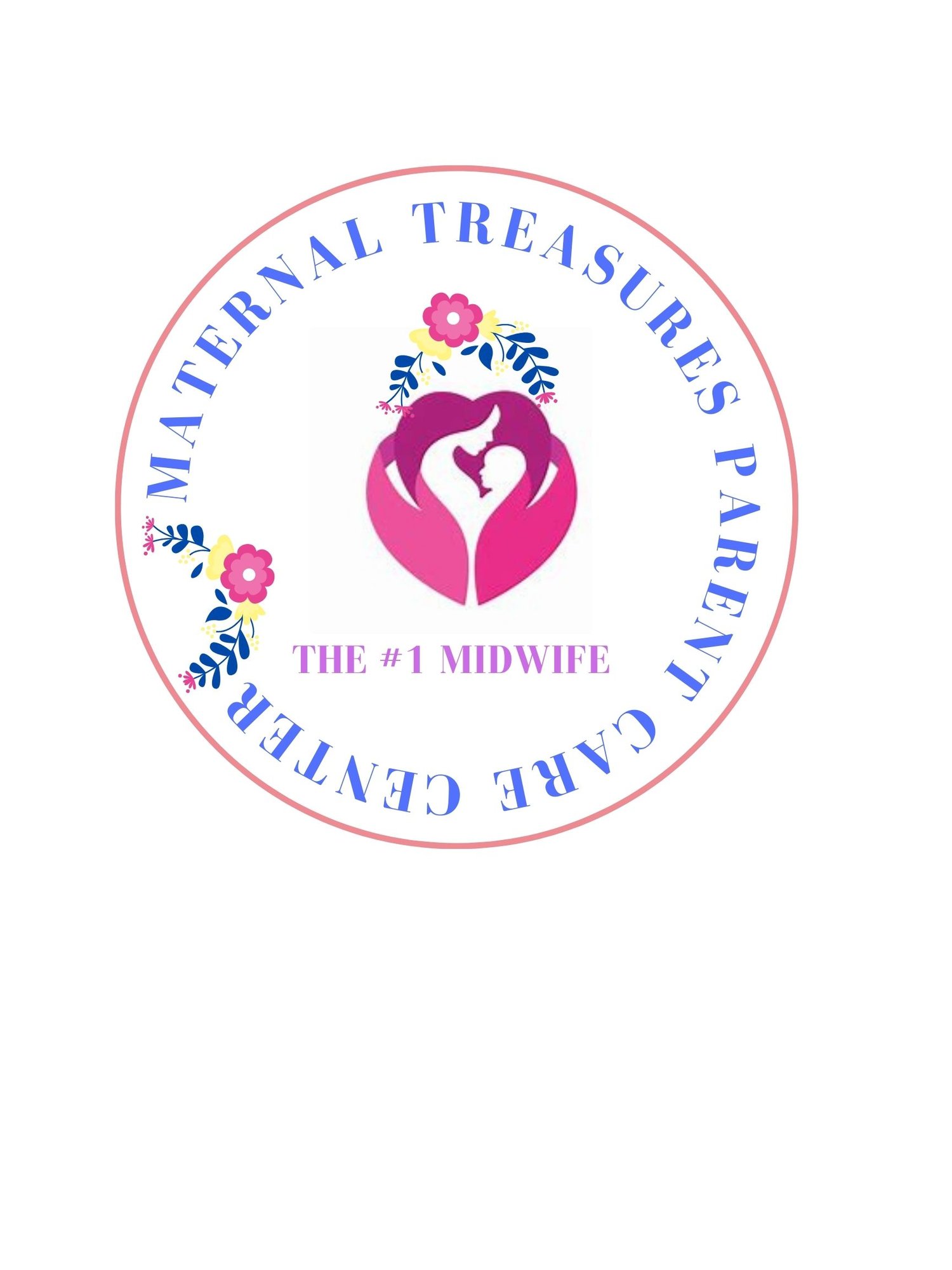Introduction
As a seasoned Midwife, I have met and helped so many moms to latch their babies onto the breast. I know how it feels when all during the pregnancy you take a breastfeeding class, you read up everything you should know about it and when the baby is born you have the biggest struggle of latching baby on.
I am going to show you how to latch your baby to the breast successfully. I hope you enjoy:
Table Of Contents
1.Hold baby close in a quiet environment
2.Use chin-to -breast method
3.Skin-to-skin can make things easier for breastfeeding
4.Watch baby's feeding behaviour
5.Note the shape of your breast to help you know if baby was properly attached
1.Hold baby close in a quiet environment

- Your baby should be snuggled up close while being breastfed, tummy to tummy and chest to chest, with her head tilted back slightly. Without applying any pressure to the baby's head, your hand should support your baby's neck, shoulders, and hips.
- Offer your breast, but let your baby find your nipple on their own.Some infants can latch or adhere to the breast on their own or with minimal assistance. Other infants require additional assistance.
- A quiet environment is better for mommy and baby to focus.
2.Use chin-to -breast Method
Put your nipple in the direction of your baby's nose while they are chin-to-breast. Brush your breast a little back and forth, gently tickling the baby's mouth. Your child's mouth will open more as a result of this. Bring your infant to your breast when her mouth opens wide, keeping your nipple high in her mouth.
3.Skin-to-skin can make things easier for breastfeeding

Whenever you are having trouble assisting your baby breastfeed, consider placing her skin-to-skin while you are lying back and being supported by pillows. This woman is reclined, holding her child close to her breasts. Until she finds the breast, the baby's body is traveling in that direction while her face is turning back and forth. She then makes a big mouth opening so she can take a big mouthful. Babies frequently latch in this manner the first time they eat.
- How you assist your infant with latching may vary according on the size of your breasts. These mother's breasts are bigger. To make it simpler for her infant to latch, she supports her breast with her hand.
- In order to keep the baby snuggled up close to her, she keeps her fingers far away from the areola. Because of her smaller breasts, this mother doesn't need to hold her breast open for her child to latch.
4.Watch baby's feeding behaviours

How effectively your baby is feeding can be inferred from watching her feeding behaviors. Your baby will begin to suck once she has latched. The rhythm of sucking then alters following a brief pause. The muscles by your baby's temple move, and there is a noticeable increase in the movement of the chin and jaw.
You might hear a "ca" sound as your baby is swallowing if you pay attention. There will be multiple bursts of sucking and swallowing while your infant is eating properly.
This infant isn't getting enough to eat. He swallows very little while he keeps sucking with little, rapid motions of his jaw. This could indicate that he is not latching properly or is too exhausted to feed.
Signs of a good latch:

- The latch is comfortable and pain free.
- Your baby's chest and stomach rest against your body, so that baby's head is straight, not turned to the side.
- Your baby's chin touches your breast.
- Your baby's mouth opens wide around your breast, not just the nipple.
- Your baby's lips turn out.
- Your baby's tongue cups under your breast.
- You hear or see swallowing.
- Your baby's ears move slightly.
5.Note the shape of your breast to help you know if baby was properly attached
Your baby will release the breast when she is done nursing and will show signs of satisfaction. Your nipple should be pulled out and seem spherical. It shouldn't appear "squashed" or flattened. A weak latch is typically indicated by a malformed or damaged nipple.
This could make the nipple more painful and possibly stop a damaged nipple from mending. Additional indicators that your baby is eating well are having adequate wet and poopy diapers and being content the majority of time after feedings. Allow baby to feed for as long as he/ she desires. Always swap breast with the next feed and empty well so that your breasts can begin to make more milk.
Conclusion
So mama, I hope you enjoyed this post and learned something. Practice is improvement. Watch it regularly if baby is not here and watch regularly if baby is here and still has not latched. Thank you for stopping by and do come back. Share with someone you think might benefit from it. If there is a topic you would like for me to talk bout, let me know in the comments.
Visit our Facebook and instagram pages for Maternal Treasures .
Are you having breastfeeding class sign up to take one of our VIRTUAL courses here.

Do you need to increase your milk supply? Sign up here




Comments ()